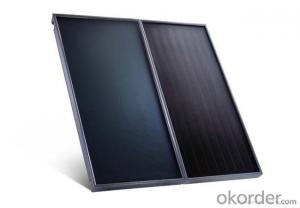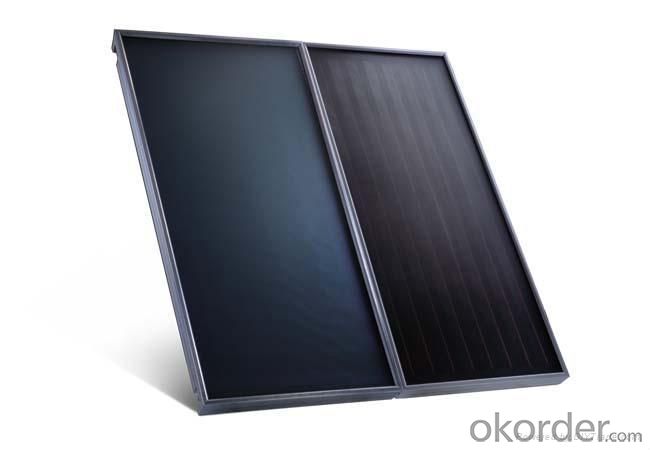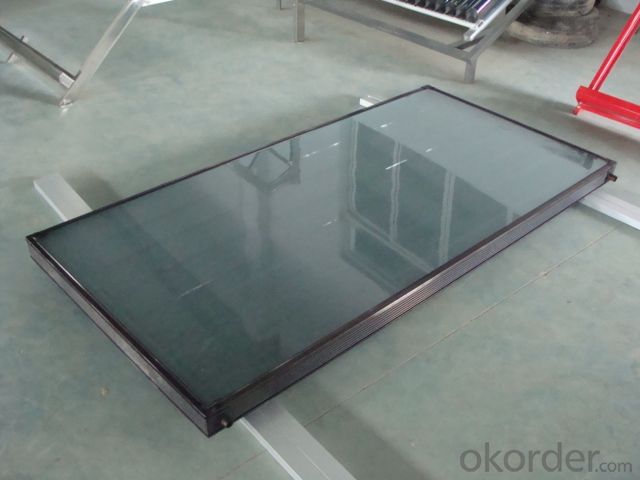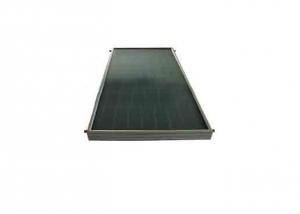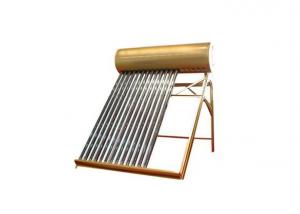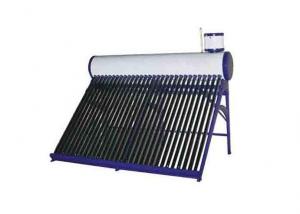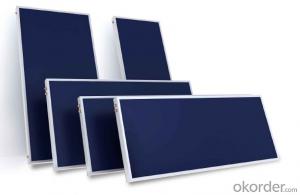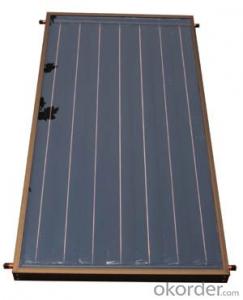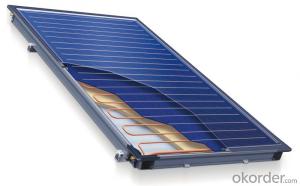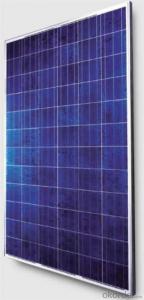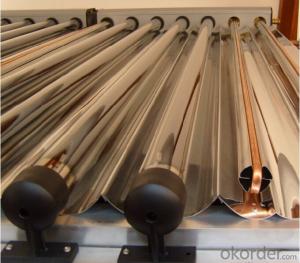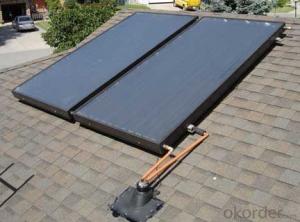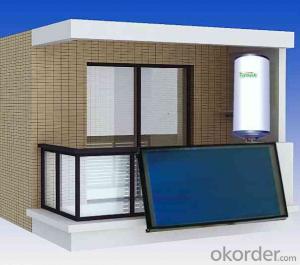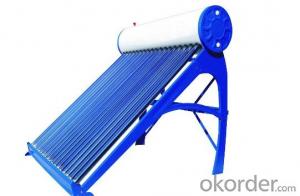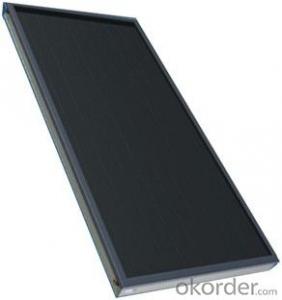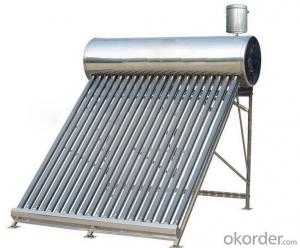A.O. Smith Solar Thermal Collectors:Glass Pipe Material Solar Thermal Application
- Loading Port:
- Shanghai
- Payment Terms:
- TT OR LC
- Min Order Qty:
- 500 pc
- Supply Capability:
- 10000 pc/month
OKorder Service Pledge
OKorder Financial Service
You Might Also Like
Specification of flat plate solar collector:
1) Low iron textured tempered glass(3.2mm thickness)offers the best capability of durability, strength.
2) Tinox blue titanium or black chrome coating have very high absoption rate to ensure the high efficiency.
3) Whole-plate ultrasonic welding technology makes the flate plate solar collector more beautiful, efficient and durable.
4) Special Anodized aluminum alloy frame to ensure handsome appearance and can accept high pressure without leakage.
These top-of-the-range solar panel heat collectors are suitable for heating domestic hot water, swimming pools etc - even in winter! One unit is adequate for an average household (3-4people), and it is modular, so you can add more if required. A single panel is sufficient for a 200litre cylinder, but you can fit 2 or more for high water usage, or for heating swimming pools or underfloor heating. Some types of renewable energy are only available in certain locations, however free solar heating is potentially available to almost every house in the world! "
Specification of flat panel solar collector
Flat plate collectors are an extension of the basic idea to place a collector in an 'oven'-like box. Here, a pipe is connected to the water tank and the water is circulated through this pipe and back into the tank. The water tank is now outside the collector that only contains the pipes. Since the surface-to-volume ratio increases sharply as the diameter of a pipe decreases, most flat-plate collectors have pipes less than 1 cm in diameter. The efficiency of the heating process is therefore sharply increased. The design of a flat-plate collector therefore typically takes the shape of a flat box with a robust glass top oriented towards the sun, enclosing a network of piping. In many flat-plate collectors the metal surface of the pipe is increased with flat metal flanges or even a large, flat metal plate to which the pipes are connected. Since the water in a flat-plate collector usually reaches temperatures much higher than that of an ICS, the problem of radiation of heat back to the environment is very important, even though a box-like 'oven' is used.
Description:
Flat-plate collector is one of common solar collectors for solar hot water heating in homes and solar space heatings. Flat plate solar collectors provide quality hot water with its new solar energy efficient flat plate design. This glazed collector includes a selective coating to maximize the solar heat absorption, weather resistant aluminium framing and interior fibreglass insulation for increased efficiency.
Features:
1) High efficiency solar collector using heat pipe evacuated tubes
2) Able to be used in all climates
3) Reliable and efficient with twin-glass solar tubes
4) Copper heat pipes for rapid heat transfer
5) Easy plug-in installation for mounting on the roof or at ground level
6) Maintenance free
7) Suitable for mains pressure water (up to 6bar / 87psi)
8) Corrosion resistant silver brazed copper header
9) Frame material: 304 2B grade standard steel
10) Casing material: 304 BA or AB stainless steel
11) Excellent insulator in glass wool
12) Collectors may be connected in series to increase water heating capacity
13) Tubes easily replaced if broken - can be used with broken tubes
14) Ideal for commercial solar water heating applications
- Q: How much space is required for installing a solar collector?
- The space required for installing a solar collector depends on various factors, such as the type and size of the collector, the orientation and tilt of the installation, and the specific requirements of the solar system. Generally, a typical residential solar collector system may require anywhere from 100 to 400 square feet of unobstructed roof or ground space. However, it is recommended to consult with a professional installer to accurately determine the space requirements based on your specific needs and location.
- Q: Can solar collectors be used for heating botanical gardens?
- Yes, solar collectors can be used for heating botanical gardens. Solar collectors can harness the sun's energy and convert it into heat, which can be utilized to warm the air or water in greenhouses or conservatories within botanical gardens. This provides an eco-friendly and cost-effective solution for maintaining an optimal temperature for the plants and creating a conducive environment for their growth.
- Q: What is the cost of installing a solar collector system?
- The cost of installing a solar collector system can vary depending on various factors such as the size of the system, the type of collector, and the complexity of the installation. On average, the cost can range from $10,000 to $30,000 or more. It is recommended to get quotes from reputable solar installation companies to get a more accurate estimate for your specific needs.
- Q: Can solar collectors be used in fuel cell power plants?
- Yes, solar collectors can be used in fuel cell power plants. Solar collectors, such as solar panels or solar thermal systems, can be used to harness the energy from the sun and convert it into electricity or heat. In a fuel cell power plant, solar collectors can be used to generate the electricity needed to power the electrolysis process, which is responsible for splitting water into hydrogen and oxygen. The hydrogen produced can then be used as a fuel source for fuel cells, which generate electricity through a chemical reaction between hydrogen and oxygen. By using solar collectors, fuel cell power plants can utilize a renewable energy source to produce hydrogen, making the overall process more sustainable and environmentally friendly.
- Q: Can solar collectors be used for heating factories?
- Yes, solar collectors can be used for heating factories. Solar thermal systems, which use collectors to capture and convert sunlight into heat energy, can be integrated into the heating systems of factories. This renewable energy source can help reduce the reliance on fossil fuels and lower carbon emissions, making it an environmentally friendly option for heating large industrial spaces.
- Q: Can solar collectors be used to generate steam for industrial processes?
- Solar collectors, including parabolic troughs and solar power towers, have the capability to generate steam for industrial processes. By concentrating sunlight onto a receiver, these collectors heat a working fluid, typically water, which is then converted into steam. The steam produced can serve various purposes in industries such as power generation, heating, or as a source of process heat in sectors like food processing, chemical manufacturing, or textile production. Solar steam generation presents a renewable and sustainable alternative to traditional steam generation methods that rely on fossil fuels, thereby reducing greenhouse gas emissions and decreasing our dependence on finite resources. Moreover, continuous advancements in solar thermal technology enhance the efficiency and cost-effectiveness of solar steam generation, making it an increasingly feasible choice for industrial processes.
- Q: Are solar collectors compatible with existing heating systems?
- Yes, solar collectors are compatible with existing heating systems. They can be integrated into a variety of heating systems such as radiant floor heating, forced-air systems, and hot water boilers. By supplementing traditional heating sources with solar energy, homeowners can reduce energy costs and decrease their carbon footprint.
- Q: Can solar collectors be used in space exploration?
- Yes, solar collectors can be used in space exploration. They are commonly used in spacecraft to harness the energy of the sun and provide power for various systems and instruments. Solar collectors are lightweight, reliable, and can generate electricity efficiently, making them a valuable asset for space missions.
- Q: Can solar collectors be used in oil and gas extraction?
- Yes, solar collectors can be used in oil and gas extraction. They are often employed to power various equipment and processes in the industry, such as pumps, compressors, and monitoring systems. Solar energy can help reduce the reliance on fossil fuels and decrease the environmental impact of oil and gas extraction operations. Additionally, solar collectors can be utilized for heating water and generating steam, which is commonly used in extraction processes.
- Q: Can solar collectors be used for generating electricity on mines?
- Yes, solar collectors can be used for generating electricity on mines. Solar collectors, also known as solar panels or photovoltaic (PV) panels, convert sunlight into electricity through the photovoltaic effect. They are designed to capture and convert solar energy into electrical energy. Mines often require a significant amount of electricity to power their operations, including machinery, lighting, ventilation systems, and other equipment. Solar collectors can be installed on the roofs or open spaces of mine buildings or structures to harness the abundant sunlight available in many regions. The electricity generated by the solar panels can then be used to directly power the mine's operations, reducing the reliance on traditional sources of energy such as fossil fuels. Implementing solar collectors on mines has several benefits. Firstly, it can significantly reduce the mine's carbon footprint and environmental impact by replacing fossil fuel-based electricity generation with clean and renewable solar energy. This contributes to the global efforts in combating climate change and reducing greenhouse gas emissions. Secondly, solar collectors can help mines reduce their energy costs in the long run. Although the initial investment in installing solar panels can be substantial, the operational and maintenance costs associated with solar energy are relatively low compared to traditional energy sources. Over time, the savings in electricity bills can offset the initial investment, resulting in cost-effective energy generation for mines. Furthermore, solar collectors can provide a reliable and uninterrupted source of electricity for mines, especially in remote areas where access to the electricity grid might be limited or unreliable. By generating their own electricity, mines can ensure a continuous power supply for their operations, avoiding downtime and increasing productivity. It is worth mentioning that the feasibility and effectiveness of using solar collectors on mines may depend on various factors, such as the location, climate, available space, and energy requirements of the mine. Additionally, a comprehensive analysis of the mine's energy needs, potential solar energy generation, and the financial implications should be conducted before implementing solar collectors. Nonetheless, solar collectors have proven to be a viable and sustainable option for generating electricity on mines, offering numerous environmental and economic benefits.
Send your message to us
A.O. Smith Solar Thermal Collectors:Glass Pipe Material Solar Thermal Application
- Loading Port:
- Shanghai
- Payment Terms:
- TT OR LC
- Min Order Qty:
- 500 pc
- Supply Capability:
- 10000 pc/month
OKorder Service Pledge
OKorder Financial Service
Similar products
Hot products
Hot Searches
Related keywords
